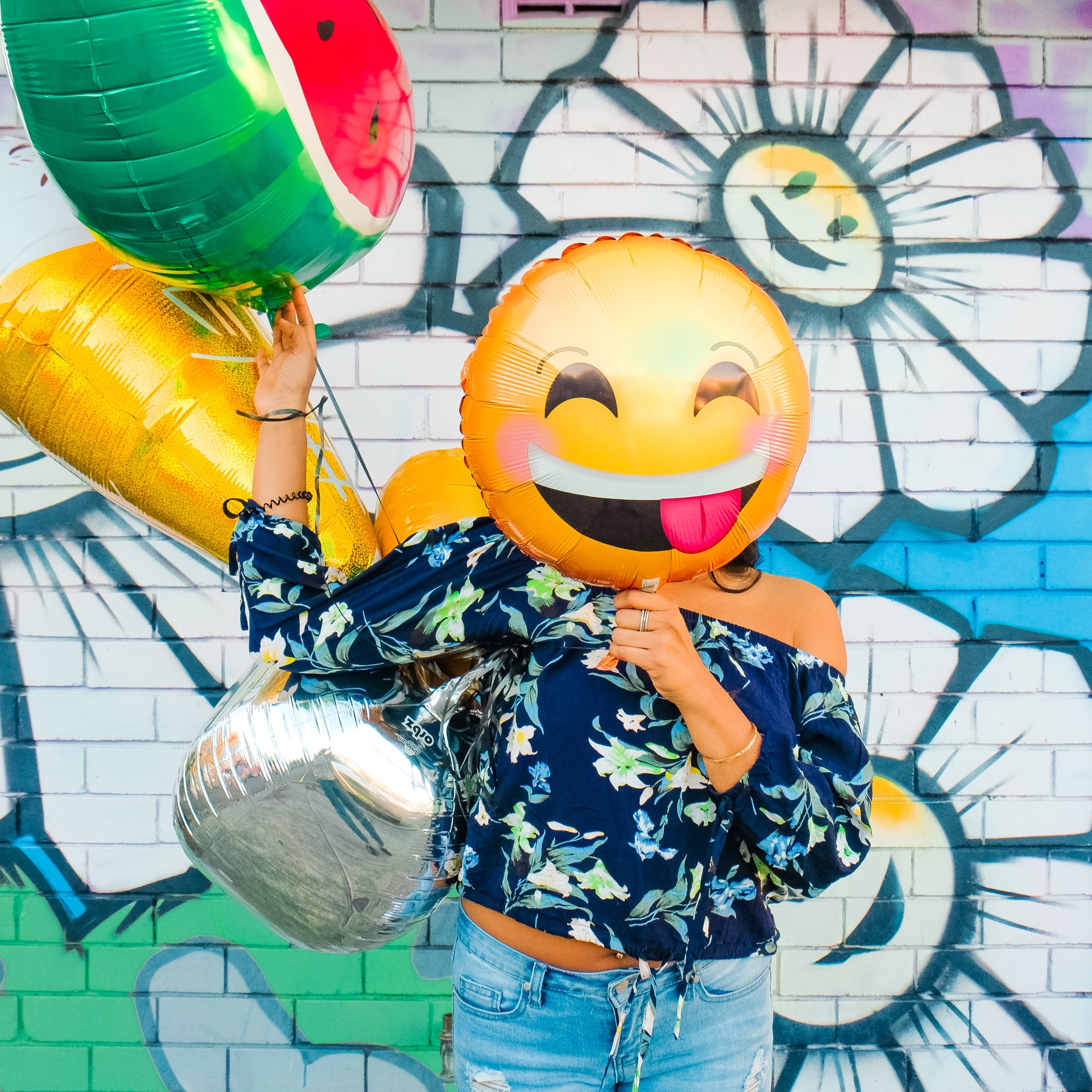Amid COVID-19, many entrepreneurs and business owners are using similar methods to support remote employees. Some individuals check in through a Zoom call or chat over the phone. Others host virtual happy hours, host daily meetings, or pay for subscriptions to apps like Calm. These actions help aid to an employee’s overall well-being. While these activities may be remote for the foreseeable future, they allow team members to engage with one another and keep morale high as employees continue to work from home.
What if you have an employee that struggles to engage with these activities or connect during a check-in? How can you reach them? The answer may be found by communicating through colors — and emojis.
Reaching Your Tribe Through Different Colored Heart Emojis
Nina Sonovia, MS, LPC is a clinician and the CEO of Solonco. Each week Sonovia checks in on her tribe by sending out a picture of different colored heart emojis.
“Each color has a different emotion,” Sonovia explains. “I start by sharing the colored heart emoji that expresses how I am feeling.”
This inspires members of the team to respond with their own emojis. If a member of the team shares they are not doing well, Sonovia places a call to them and asks how she can help.
What Happens When A Team Member Is In The Red?
Jennifer Dennard, COO and Co-Founder of team effectiveness software platform Range, also uses emojis to show mental health support for remote team members. Each morning, her team will select an emoji and a color — red, yellow, or green — in Range’s platform. The color represents their overall state alongside a specific emoji.
“For example, I might select green and the sleepy emoji, meaning I’m tired but ready to work,” Dennard says.
Dennard notes that because this is an emoji, the process feels pretty lightweight and not invasive.
“It gives a regular pulse on how each person and the overall team is doing.” Dennard says.
Through Range, team members share check-ins about work each day and pair their plans or accomplished assignments with a mood emoji.
What happens when a team member reports red several days in a row? Dennard sees this as a signal to reach out. Depending on the individual’s personality and level of concern, she will follow up over email, Slack, or a phone call.
Reaching The Green Zone With The Stress Continuum
Sonovia’s and Dennard’s support strategies reminds me of how the Stress Continuum is used to manage mental health. This is a model for assessing and managing stress that is widely used in the military and helps to reintegrate members with families and communities.
How does the Stress Continuum work? An individual is invited to articulate their feelings and behaviors under stress. For example, some individuals may choose to isolate themselves. As they are able to personalize their own Stress Continuum, they may find there are other symptoms specific to their needs. The individual that choose isolation, for example, may bottle up their feelings and struggle to reach out for help.
Once the Stress Continuum has its personalized symptoms, the individual may begin working on practices that move them into a ready, or green, zone.
Why is it a green zone? Under the Stress Continuum, colors are often used to visualize our nervous systems. The color green symbolizes growth, safety, and harmony.
If an individual is experiencing feelings of isolation, a few green practices may include journaling and taking a walk for a bit of gentle movement. You may also check in with others to share how you’re feeling. This specific feeling may not be the specific colored heart emoji you’d like it to be, but that’s okay. You’re on your way to reaching the green zone.
Should Remote Teams Try Emojis For Mental Health Support?
Dennard has personally found that the normalization of sharing emotions on a daily basis is extremely impactful with a remote team. She recommends teams try pairing emojis with colors through software platforms like Range or messaging platforms like Slack.
Hannah Geuenich is a social media coach and Founder of The Creator Concept. Her team works remotely through Munich and Portugal. While they have yet to start using a color and emoji pairing during weekly check-ins, Geuenich says team members often ask one another what color they’re feeling like today.
Beyond acting to support mental health, questions like these — and the combination of the emojis with colors — are fun to ask and connect over.
“Each week, a member of the team thinks of new creative questions for our weekly check ins,” Geuenich says. “We are all creatives! This is a much more fun way to connect than defaulting to asking, ‘How are you today?’”


